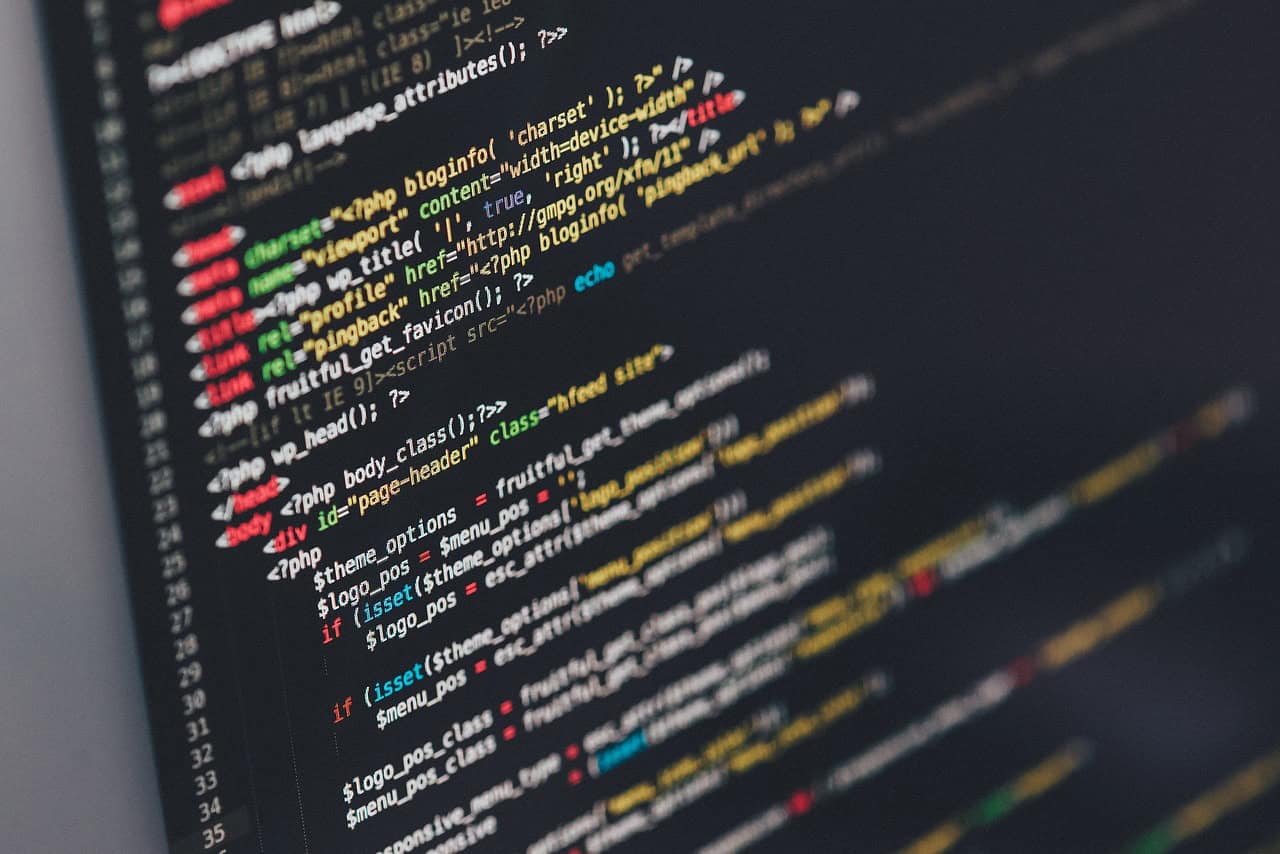Python Web Development: A Comprehensive Guide
Python web development has become a popular choice among developers worldwide due to its versatility and rich ecosystem. This guide will explore the many reasons to choose Python for web development, key frameworks, libraries to leverage, and valuable tips for learning.
Why Use Python for Web Development?
- Easy to Learn: With its simple syntax, Python is accessible for beginners, allowing for easier coding and understanding of complex concepts.
- High Popularity and Community: Python boasts a robust community that provides support, resources, and documentation, enabling developers to find solutions quickly.
- Versatile Libraries: Python includes a plethora of libraries tailored for various tasks, from data analysis to web API creation.
- Efficient Frameworks: Its frameworks like Django, Flask, and Pyramid help streamline the web development process, significantly reducing development time.
Key Python Web Development Frameworks
Django
Django is a high-level web framework that encourages rapid development. It comes with built-in features such as user authentication, admin controls, and ORM capabilities.
Flask
Flask is a micro-framework ideal for smaller applications and prototyping. Its flexibility and minimalistic approach make it easier for developers to get started.
Pyramid
Pyramid delivers the flexibility to choose components and is suitable for applications of any size, from simple to complex.
Libraries for Web Development
- NumPy and SciLearn: These libraries facilitate data analysis and machine learning within web applications.
- SQLAlchemy: A powerful SQL toolkit that allows for high-level SQL abstractions for a range of relational databases.
Tips for Learning Python for Web Development
- Start with Basics: Familiarize yourself with the fundamental concepts of Python, including data types, control structures, and object-oriented programming.
- Choose a Framework: Depending on your project requirements, select between Django for full-fledged applications and Flask for simple projects.
- Practice with Projects: Engaging in hands-on projects, like personal blogs or web apps, can greatly enhance your learning experience.
- Join Online Communities: Participate in forums such as Reddit’s r/learnpython and Stack Overflow for guidance and support.
- Use Online Resources: Platforms like Real Python and YouTube offer extensive tutorials on various web development topics.
Roadmap for Learning Python Web Development
- Install Python: Download the latest version of Python from the official website.
- Set Up a Development Environment: Leverage tools like virtualenv or venv to manage project dependencies.
- Learn Framework Basics: Follow beginner tutorials for your chosen framework to build a solid foundation.
- Build Small Projects: Apply what you’ve learned by developing simple web applications.
- Deploy Applications: Gain familiarity with deployment options using platforms such as Heroku or AWS.
Conclusion
In summary, Python web development offers an excellent entry point for aspiring developers with its simplicity, powerful frameworks, and supportive community. By following the guidelines outlined in this article, you can embark on your journey to build dynamic web applications.
For more in-depth resources, check out related articles like Kickstart Your Coding Journey: A Beginner’s Guide to Python Web Development and Master Python Web Development: The Ultimate Beginner’s Guide.
Python Web Development Projects and Applications
Key Projects
- Personal Blog with Django: Build a personal blogging platform that includes user authentication, post creation, and comment functionality. This project will help you understand Django’s ORM and template rendering.
- RESTful API with Flask: Create a RESTful API for a task manager application where users can create, read, update, and delete tasks. This project will teach you how to handle JSON data and API routing.
- Data Visualization Dashboard: Utilize Flask along with libraries like Pandas and Matplotlib to create an interactive web application that visualizes data. This project integrates data manipulation with web front-end.
- Movie Review App with Pyramid: Develop a movie review web application that allows users to submit reviews and ratings for films. This project showcases Pyramid’s flexibility and component choices.
Python Code Examples
Personal Blog with Django Example
from django.shortcuts import render
from .models import Post
def blog_view(request):
posts = Post.objects.all()
return render(request, 'blog.html', {'posts': posts})
RESTful API with Flask Example
from flask import Flask, jsonify, request
app = Flask(__name__)
tasks = []
@app.route('/tasks', methods=['GET', 'POST'])
def manage_tasks():
if request.method == 'POST':
task = request.json
tasks.append(task)
return jsonify(task), 201
return jsonify(tasks)
if __name__ == '__main__':
app.run(debug=True)
Data Visualization with Flask Example
from flask import Flask, render_template
import pandas as pd
import matplotlib.pyplot as plt
app = Flask(__name__)
@app.route('/dashboard')
def dashboard():
data = pd.read_csv('data.csv')
plt.figure(figsize=(10,6))
plt.plot(data['date'], data['value'])
plt.savefig('static/plot.png')
return render_template('dashboard.html')
if __name__ == '__main__':
app.run(debug=True)
Real-World Applications
Python web development has various real-world applications that showcase its versatility and effectiveness:
- Content Management Systems: Many websites use frameworks like Django to manage content, enabling non-technical users to update site materials easily.
- E-commerce Platforms: Python powers numerous e-commerce websites, allowing for secure transactions and dynamic product management.
- Data-Driven Applications: With libraries like Pandas and NumPy, developers create applications that require large data manipulation and complex computations.
- Machine Learning Web Applications: Integrating machine learning capabilities into web apps enhances functionality with predictive analytics and data processing.
- Social Networking Sites: Python frameworks are often the backbone of social media sites, managing user interactions and data storage efficiently.
Next Steps
Now that you’ve explored Python web development, it’s time to take the next steps in your coding journey.
Begin by deepening your understanding of the frameworks
we discussed, such as Django and Flask. Hands-on experience is key, so consider building small projects
to apply what you’ve learned, like a personal blog or a web app.
To further your skills, you might want to check out the Master Python Web Development guide,
which includes essential tips and frameworks for building dynamic applications. Joining online communities, such as
Reddit’s r/learnpython, can also provide valuable support and resources.
Lastly, don’t forget to look into our collection of resources to unlock your potential in Python web development:
– Beginner’s Guide
– Ultimate Guide to Python Web Development
– Comprehensive Guide to Python Web Development
